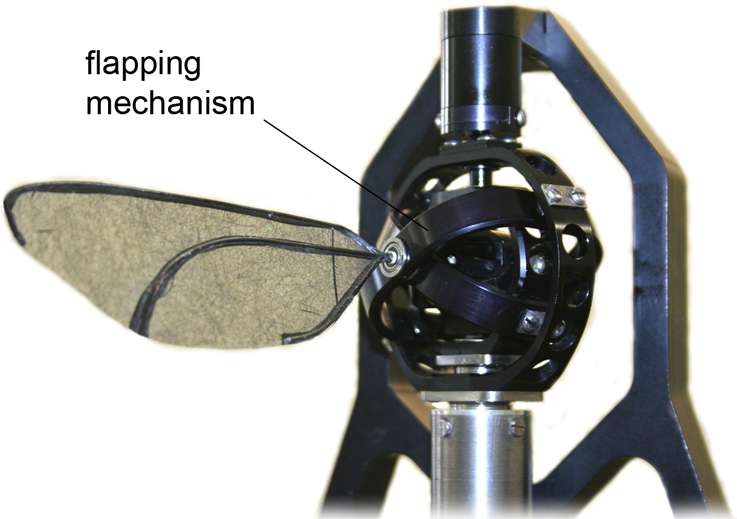Flapping-wing flight
Two new papers, from Dr Richard Bomphrey's Flight Group in the Structure and Motion Laboratory, develop understanding of flapping-wing flight.
The first paper, produced by Dr Toshiyuki Nakata, proposes a new approach for studying flapping-wing aerodynamics. Traditional quasi-steady aerodynamic modelling is fast but fails to take into account certain aspects important to animal flight, while the alternative approach of 3D Computational Fluid Dynamics (CFD) is precise but very time consuming and therefore impractical for research involving many tests. This paper develops an accurate hybrid method: a CFD-informed quasi-steady model. This uses a limited number of 3D simulations, giving detailed results in a time-efficient way, thus providing an effective new tool for studying flapping-wing aerodynamics. The full paper, published by the Journal of Fluid Mechanics, can be found here.

This publication is complemented by a second paper from the team. Dr Nathan Phillips built a physical model for flapping insect wings to explore the influence of different wing shapes found in diverse insect species, something that is not presently well understood. Fitting the model with wings of varying shapes, researchers found that proportionally longer, narrower wings (i.e. higher 'aspect ratio') are better for flight but the additional benefit diminishes after a certain aspect ratio. Beyond this, there was little benefit to offset the increasing risks, such as the vulnerability of the wing to breaking. In nature, wing aspect ratios do not exceed the limits found, likely due to such architectural and physiological constraints. This paper is available in the October edition of Bioinspiration and Biomechanics.

